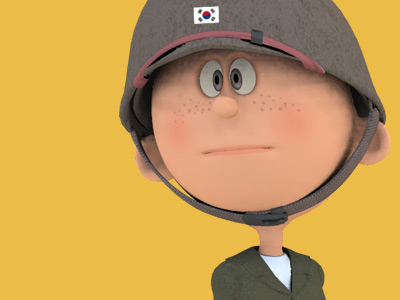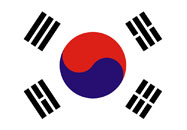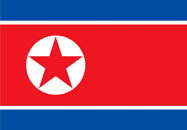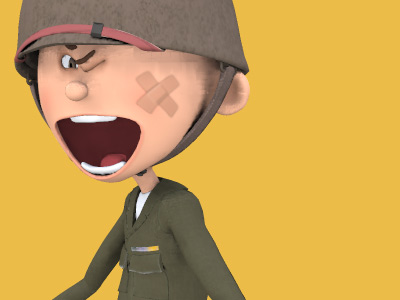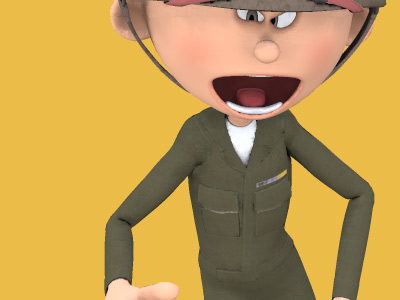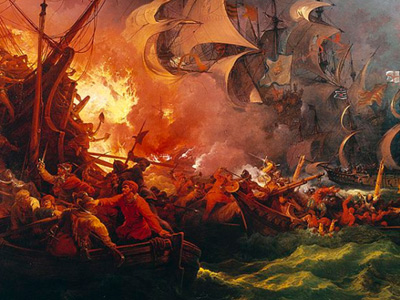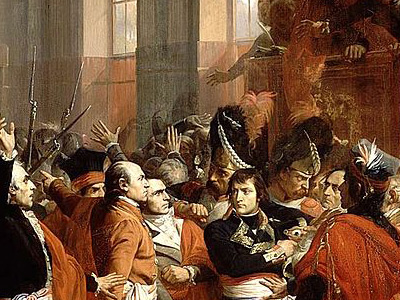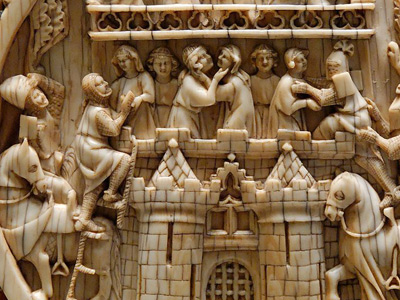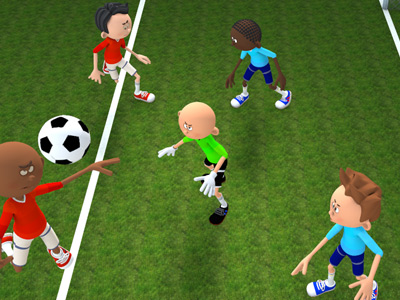Korean War 한국전쟁 (1950-1953)
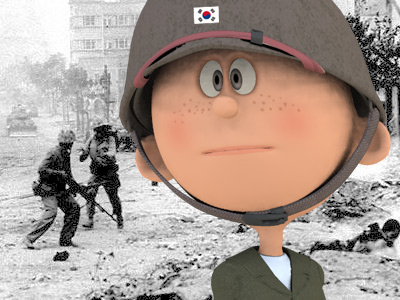
Escalation (August – September 1950)
In the resulting Battle of Pusan Perimeter (August–September 1950), the U.S. Army withstood KPA attacks meant to capture the city at the Naktong Bulge, P'ohang-dong, and Taegu. The United States Air Force (USAF) interrupted KPA logistics with 40 daily ground support sorties that destroyed 32 bridges, halting most daytime road and rail traffic. KPA forces were forced to hide in tunnels by day and move only at night. To deny matériel to the KPA, the USAF destroyed logistics depots, petroleum refineries, and harbors, while the U.S. Navy air forces attacked transport hubs. Consequently, the over-extended KPA could not be supplied throughout the south.
On 27 August, 67th Fighter Squadron aircraft mistakenly attacked facilities in Chinese territory and the Soviet Union called the UN Security Council's attention to China's complaint about the incident. The United States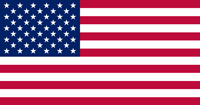 The United States of America (U.S.A. or USA), commonly known as the United States (U.S. or US) or America, is a country in North America. It is the world's third-largest country by both land and total area. The United States shares land borders with Canada to its north and with Mexico to its south. The national capital is Washington, D.C., and the most populous city and financial center is New York City. proposed that a commission of India and Sweden determine what the US should pay in compensation but the Soviets
The United States of America (U.S.A. or USA), commonly known as the United States (U.S. or US) or America, is a country in North America. It is the world's third-largest country by both land and total area. The United States shares land borders with Canada to its north and with Mexico to its south. The national capital is Washington, D.C., and the most populous city and financial center is New York City. proposed that a commission of India and Sweden determine what the US should pay in compensation but the Soviets Soviet Union, officially the Union of Soviet Socialist Republics (USSR), was a transcontinental country that spanned much of Eurasia from 1922 to 1991. The Soviet Union fall process began with growing unrest in the Union's various constituent national republics developing into an incessant political and legislative conflict between them and the central government. Estonia was the first Soviet republic to declare state sovereignty inside the Union. vetoed the US proposal.
Soviet Union, officially the Union of Soviet Socialist Republics (USSR), was a transcontinental country that spanned much of Eurasia from 1922 to 1991. The Soviet Union fall process began with growing unrest in the Union's various constituent national republics developing into an incessant political and legislative conflict between them and the central government. Estonia was the first Soviet republic to declare state sovereignty inside the Union. vetoed the US proposal.

While trains were used to transport U.S. Soldiers and their equipment during the Korean War, trains in North Korea were targets of attack by U.S. and other U.N. forces. Here, U.S. forces target rail cars south of Wonsan, North Korea, an east coast port city.

While trains were used to transport U.S. Soldiers and their equipment during the Korean War, trains in North Korea were targets of attack by U.S. and other U.N. forces. Here, U.S. forces target rail cars south of Wonsan, North Korea, an east coast port city.
( Click image to enlarge)
Meanwhile, U.S. garrisons in Japan Japan is an island country in East Asia. Beginning in the 12th century, political power was held by a series of military dictators (shōgun) and feudal lords (daimyō) and enforced by a class of warrior nobility (samurai). In the Meiji period, the empire adopted a Western-modeled constitution and pursued a program of industrialization and modernization. A global leader in the automotive, robotics and electronics industries, Japan has made significant contributions to science and technology. continually dispatched soldiers and matériel to reinforce defenders in the Pusan Perimeter. Tank battalions deployed to Korea directly from the U.S. mainland from the port of San Francisco to the port of Pusan, the largest Korean port. By late August, the Pusan Perimeter had some 500 medium tanks battle-ready. In early September 1950, ROK Army and United Nations (UN)
Japan is an island country in East Asia. Beginning in the 12th century, political power was held by a series of military dictators (shōgun) and feudal lords (daimyō) and enforced by a class of warrior nobility (samurai). In the Meiji period, the empire adopted a Western-modeled constitution and pursued a program of industrialization and modernization. A global leader in the automotive, robotics and electronics industries, Japan has made significant contributions to science and technology. continually dispatched soldiers and matériel to reinforce defenders in the Pusan Perimeter. Tank battalions deployed to Korea directly from the U.S. mainland from the port of San Francisco to the port of Pusan, the largest Korean port. By late August, the Pusan Perimeter had some 500 medium tanks battle-ready. In early September 1950, ROK Army and United Nations (UN)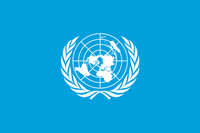 United Nations (UN) is an intergovernmental organization whose stated purposes are to maintain international peace and security, develop friendly relations among nations, achieve international cooperation, and be a centre for harmonizing the actions of nations. The UN was established after World War II with the aim of preventing future world wars, succeeding the League of Nations, which was characterized as ineffective. Command forces outnumbered the KPA 180,000 to 100,000 soldiers. The UN forces, once prepared, counterattacked and broke out of the Pusan Perimeter.
United Nations (UN) is an intergovernmental organization whose stated purposes are to maintain international peace and security, develop friendly relations among nations, achieve international cooperation, and be a centre for harmonizing the actions of nations. The UN was established after World War II with the aim of preventing future world wars, succeeding the League of Nations, which was characterized as ineffective. Command forces outnumbered the KPA 180,000 to 100,000 soldiers. The UN forces, once prepared, counterattacked and broke out of the Pusan Perimeter.
HISTORY
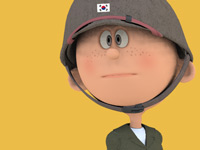
RESOURCES
This article uses material from the Wikipedia article "Korean War", which is released under the Creative Commons Attribution-Share-Alike License 3.0.
© Stories Preschool. All Rights Reserved.
